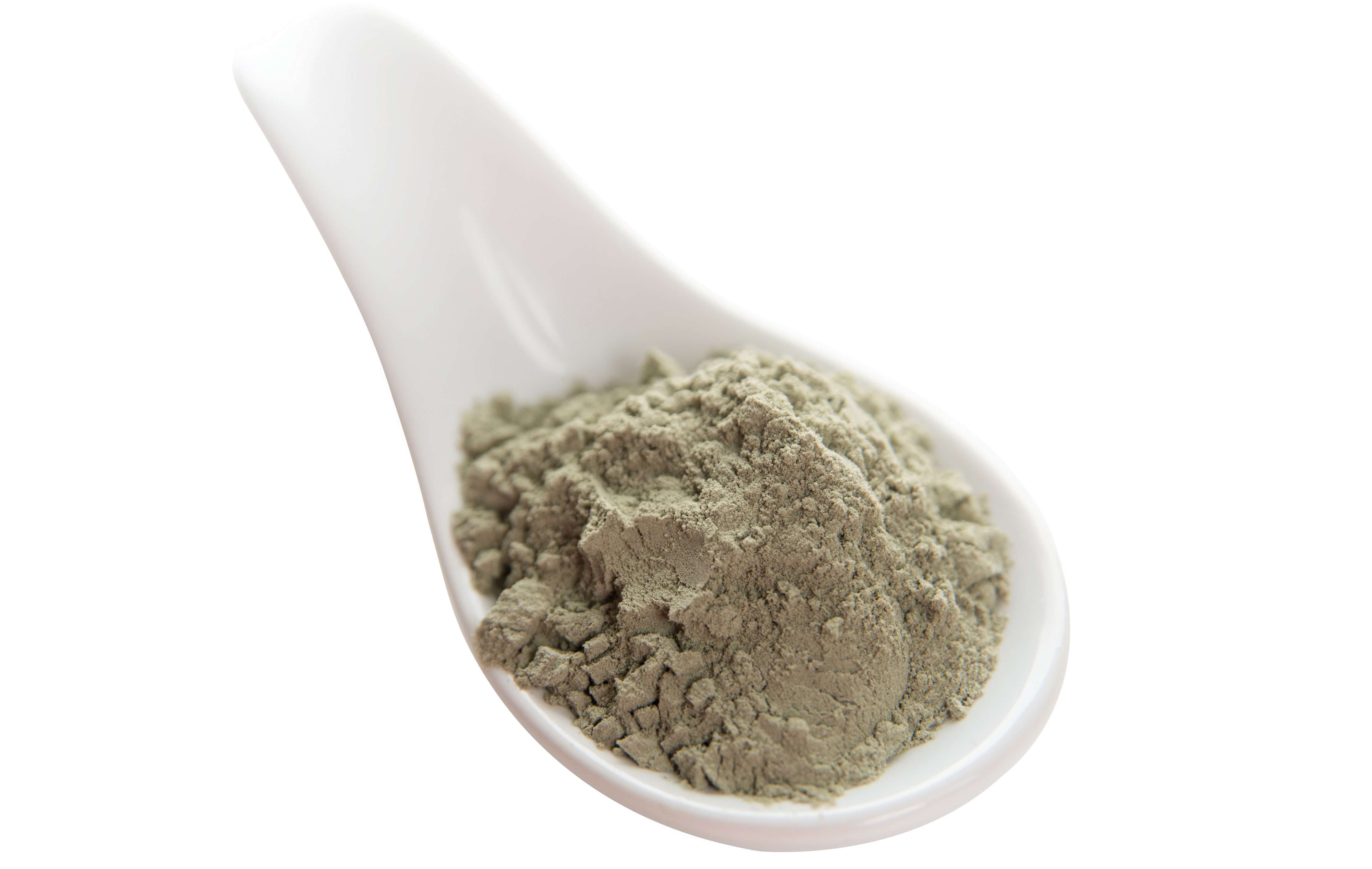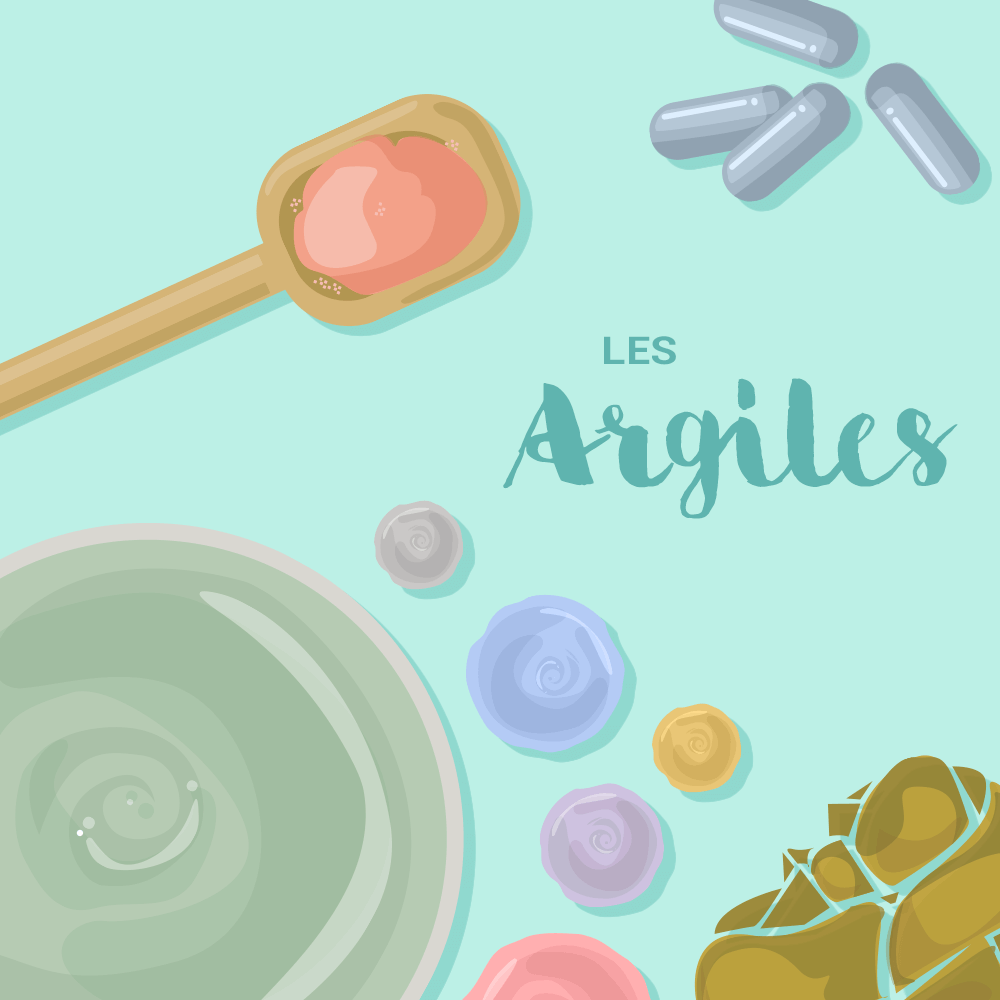 Handling
Handling
It is important to handle clays with inert utensils and containers, glass, wood and not with metal or plastic instruments. Indeed, the latter could modify the characteristics of our dear clays whose properties lie in their positive and negative charge exchange capacities.
Also note that you should under no circumstances reuse clay that has already been used, it will be loaded with toxins and impurities...
Let's talk about heating, if you want to heat a clay paste for example, make sure to use a bain-marie or if you are lucky enough directly in the sun. You can also heat the water on its own before mixing it with the clays. In any case, forget the microwave!
 Watch out for your eyes and mucous membranes!
Watch out for your eyes and mucous membranes!
Unlike essential oils, clays are used on mucous membranes. This is again a question of dosage and use that comes into play, be careful!
 “frail” users
“frail” users
Regarding the internal use of clay, it is strongly contraindicated in people prone to constipation. It is important to drink enough water during a clay treatment. Its use is also contraindicated in people with digestive hernia, high blood pressure, a history of intestinal obstruction or even nausea.
Pregnant and breastfeeding women should not use clay and young children generally have appropriate dosages. Clay may be a natural product, but you should definitely not use it in overdose and always respect the recommended doses and usage times.
 If you are taking medication...
If you are taking medication...
If you take medications at the same time, internally, the clay can counteract the action of the latter... A small warning then about daily drug treatments such as antihistamines, antipyretics, contraceptive pills, antihypertensives... The Clays are highly absorbent, it is best to take them away from medications. In any case, do not hesitate to contact your doctor or pharmacist for additional information.












 Conservation
Conservation






